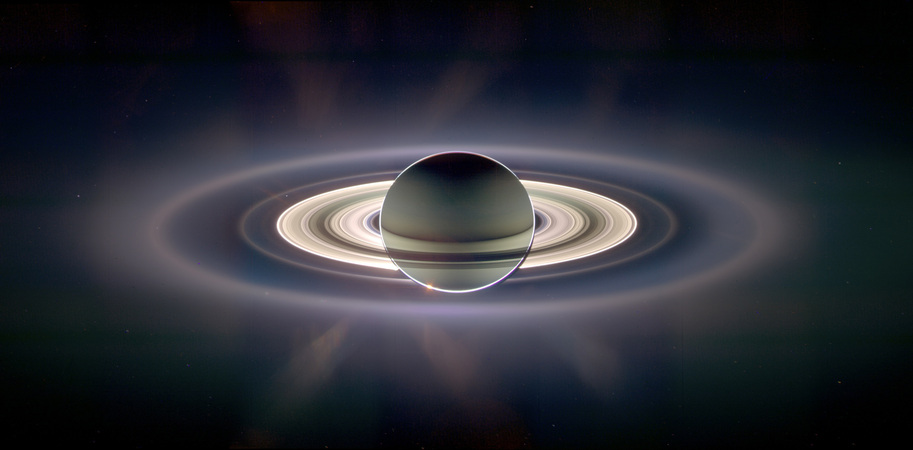Relativity on Earth
Almost everybody who has studied physics, read a mass-market science
magazine, or visited an Internet science forum is aware of Einstein's
theories of relativity. In 1905 Einstein published the Special Theory
(hereafter SR) that presented an elegant approach to explaining some of
the more puzzling experimental results of the 19th century
electromagnetic experiments. Not content with that achievement, Einstein
published his General Theory (GR) in 1915, extending the concept of
relativity to encompass gravitation. Einstein did not concentrate on
tweaking existing theory to suit the experimental data of the day,
rather he looked for an elegant framework that could encompass all of
the phenomena of electromagnetism and gravity. Despite Einstein's lack
of reference to experiment his theories are testable. Numerous tests are
possible for predicted effects such as: time dilation, length
contraction, and Doppler shifts from SR, and gravitational lensing, time
dilation, and reddening from GR. Many of the experiments rely on
astronomical or astrophysical observations, but some tests of both SR
and GR are possible within the confines of Earth and its immediate
surrounds. This essay will describe several Earthly experiments that
have been performed to validate Einstein's work.
Relativity on Earth Essay
PDF
The Global Positioning System
Arguably one of the most useful global benefits provided by the U.S.
Department of Defense (DoD) has been the Global Positioning System
(GPS). The GPS provides worldwide ability to pinpoint positions,
including altitude, to within a few tens of metres. The general theory
of operation for GPS is relatively straightforward but the
implementation must take into account a number of effects related to the
special and general theories of relativity. This project describes the
GPS and how relativistic effects are accommodated within it.
The Global Positioning System Project
PDF
